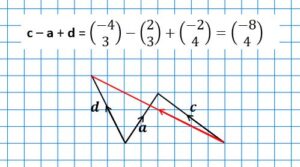Directed numbers (positive and negative numbers)
Directed numbers are something that a lot of people find confusing. I hope that this article will help you to get your head round them! What are directed numbers? “Directed numbers” means positive and negative numbers. “Positive” or “negative” describes…





















